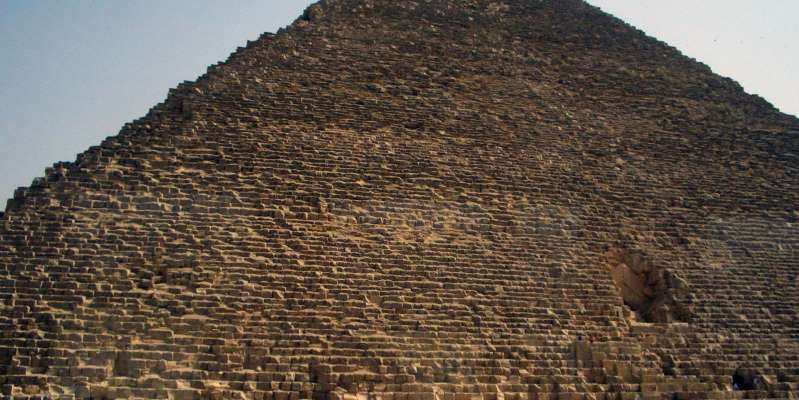
Ancient fort and Coptic church ruins discovered in Egypt
Archaeologists in Egypt have unearthed the remains of a Ptolemaic temple, a Roman fort and an early Coptic church, according to the Egyptian Ministry of Tourism and Antiquities. The research was carried out in the province of Aswan in the south of the country.
The temple was badly damaged. Scientists managed to find an unfinished sandstone slab, which depicted a man dressed as a Roman emperor, standing next to the altar. A clay vase and part of a red brick vault were also found, Live Science reports.
This structure was dated back to 323 BC. – 30 AD. In other words, it is about two thousand years old.
The area began to be explored in the early 1920s, but excavations were never completed. The new expedition allowed for a better study of the remaining ruins, including the early Coptic church.
Copts, who make up about 10% of the population of Egypt, are descendants of the ancient Egyptians, who converted to Christianity in the early first century AD. New excavations revealed that the church had a red brick vault and that the adobe brick wall surrounding it was larger than previously thought, almost 2.1 meters wide.
The north side of the church consisted of four rooms, a long hall and a staircase. On the south side were the ovens that were used to bake ceramics, and on the east side stone tiles were found.
Earlier it was reported that a mummy with a golden tongue was found in Egypt. Probably, it was made so that the deceased would not be speechless in the afterlife.

